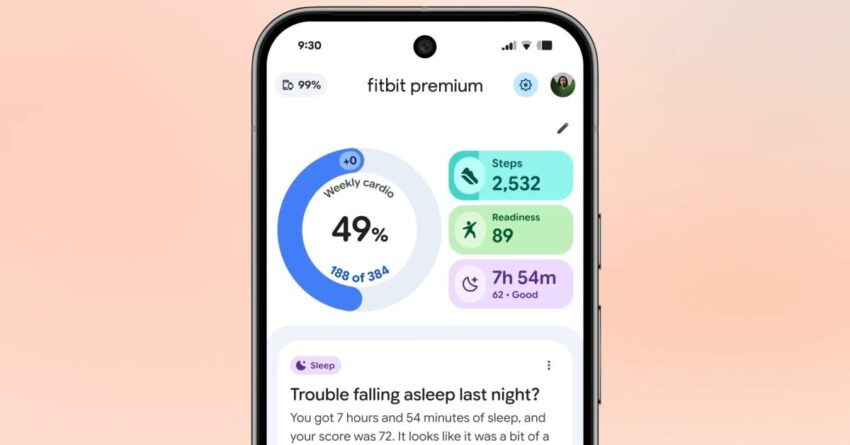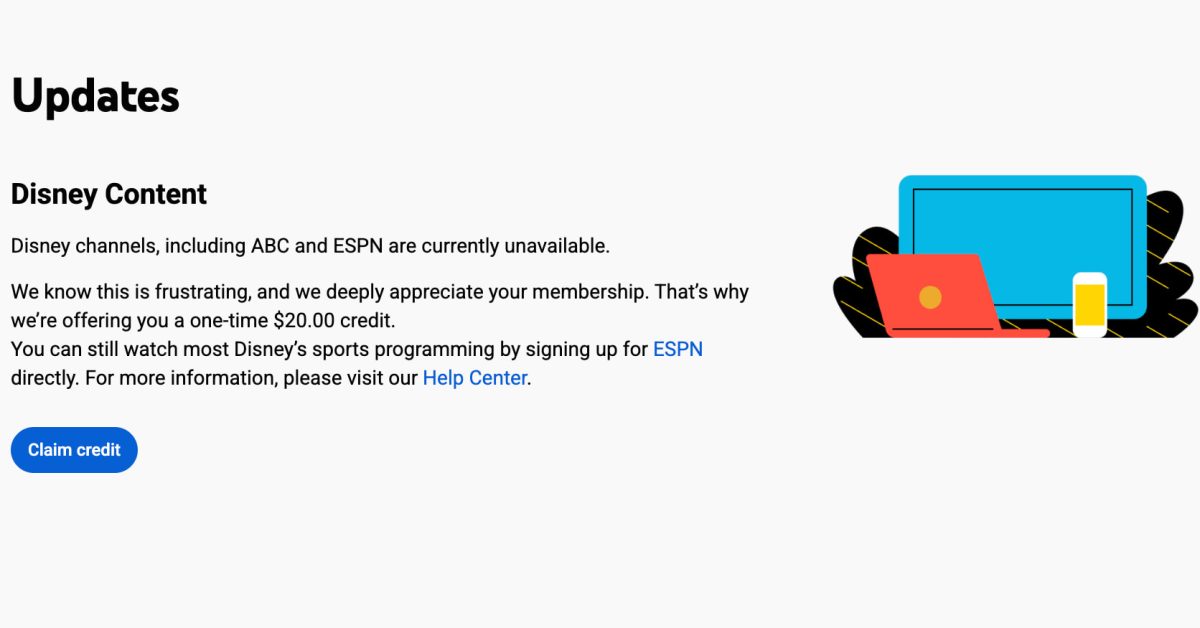
fitbit redesign brings material 3 expressive overhaul Fitbit has unveiled a significant redesign of its app, integrating Material 3 Expressive, which aims to enhance user experience and engagement.
fitbit redesign brings material 3 expressive overhaul
Introduction to Material 3 Expressive
Material 3 Expressive is the latest iteration of Google’s design language, focusing on personalization and adaptability. This design philosophy emphasizes a more vibrant and dynamic user interface, allowing users to tailor their experiences according to their preferences. The introduction of this design framework into the Fitbit app marks a notable shift in how users interact with their health and fitness data.
Key Features of Material 3 Expressive
The integration of Material 3 Expressive into the Fitbit app brings several new features aimed at improving usability and aesthetic appeal. Some of the most notable enhancements include:
- Dynamic Color Schemes: The app now supports dynamic color adjustments that adapt to user preferences and environmental factors. This feature allows for a more personalized experience, making the app visually appealing and easier to navigate.
- Enhanced Typography: The redesign introduces new typography options that improve readability and accessibility. This change is particularly beneficial for users who rely on the app for quick insights into their health metrics.
- Improved Iconography: The icons within the app have been updated to be more intuitive and visually engaging. This change helps users quickly identify functions and features, streamlining the overall user experience.
- Customizable Widgets: Users can now customize their home screen widgets, allowing them to prioritize the information that matters most to them. This feature enhances user engagement by making relevant data readily accessible.
AI-Powered Coaching
In addition to the Material 3 Expressive redesign, Fitbit has also introduced an AI-powered coaching feature. This innovation aims to provide users with personalized fitness guidance based on their activity levels, health data, and goals.
How AI Coaching Works
The AI coach leverages machine learning algorithms to analyze user data and offer tailored recommendations. Key functionalities include:
- Personalized Workout Plans: The AI coach generates customized workout plans that adapt to the user’s fitness level and preferences. This feature ensures that users receive guidance that is both effective and enjoyable.
- Real-Time Feedback: Users can receive real-time feedback during their workouts, helping them to maintain proper form and optimize their performance. This immediate guidance can lead to better results and reduced risk of injury.
- Goal Tracking: The AI coach assists users in setting and tracking their fitness goals. By providing regular updates and motivational messages, the coach keeps users engaged and accountable.
Implications of the Redesign
The integration of Material 3 Expressive and AI-powered coaching represents a significant evolution for Fitbit. These enhancements not only improve the user interface but also aim to foster a more engaging and supportive fitness journey.
Impact on User Engagement
With the introduction of a more visually appealing interface and personalized coaching, Fitbit aims to increase user engagement. The dynamic color schemes and customizable widgets encourage users to interact with the app more frequently, while the AI coach provides ongoing motivation and support.
Research has shown that personalized experiences can lead to higher user satisfaction and retention rates. By offering tailored recommendations and a visually engaging platform, Fitbit is positioning itself to retain existing users and attract new ones.
Market Positioning
The redesign also reflects Fitbit’s strategy to remain competitive in the rapidly evolving health and fitness market. As more consumers turn to wearable technology and fitness apps, companies must continually innovate to meet user expectations.
By embracing Material 3 Expressive, Fitbit not only enhances its app but also aligns itself with broader trends in digital design. This alignment may help the company appeal to a younger demographic that values aesthetics and personalization in their technology.
Stakeholder Reactions
The response from stakeholders, including users, fitness enthusiasts, and industry analysts, has been largely positive. Many users have expressed excitement about the new features and the potential for a more engaging experience.
User Feedback
Initial feedback from users highlights several key areas of appreciation:
- Visual Appeal: Users have noted the improved aesthetics of the app, with many praising the vibrant color schemes and modern typography.
- Usability: The enhanced iconography and customizable widgets have been well-received, with users finding it easier to navigate the app and access important information.
- Personalization: The AI coaching feature has garnered attention for its ability to provide tailored fitness advice, with users appreciating the real-time feedback and goal tracking capabilities.
Industry Analyst Perspectives
Industry analysts have also weighed in on the redesign, emphasizing its potential impact on Fitbit’s market position. Many analysts believe that the integration of Material 3 Expressive and AI coaching could help Fitbit differentiate itself from competitors.
As the health and fitness app market becomes increasingly saturated, unique features and a strong user experience will be critical for success. Analysts suggest that Fitbit’s focus on personalization and engagement could be a game-changer in attracting new users and retaining existing ones.
Future Developments
Looking ahead, Fitbit’s redesign may pave the way for further innovations in the health and fitness space. The company has a history of incorporating user feedback into its product development, and the success of the Material 3 Expressive integration could lead to additional enhancements in the future.
Potential Features on the Horizon
While specific future features have not been announced, several possibilities could enhance the user experience:
- Expanded AI Capabilities: As AI technology continues to evolve, Fitbit may introduce more advanced coaching features, such as predictive analytics that anticipate user needs based on historical data.
- Integration with Other Health Apps: Collaborations with other health and wellness applications could provide users with a more comprehensive view of their overall health, integrating nutrition, sleep, and mental well-being.
- Community Features: Enhanced social features that allow users to connect with friends and share their fitness journeys could foster a sense of community and accountability.
Conclusion
The redesign of the Fitbit app, featuring Material 3 Expressive and AI-powered coaching, represents a significant advancement in the company’s approach to user engagement and personalization. By prioritizing aesthetics and functionality, Fitbit aims to enhance the overall user experience while remaining competitive in the health and fitness market. As the company continues to innovate, it will be essential to monitor user feedback and industry trends to ensure sustained growth and relevance.
Source: Original report
Was this helpful?
Last Modified: November 9, 2025 at 10:37 pm
2 views















